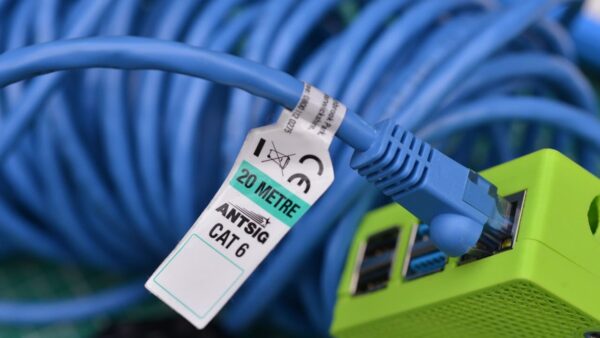✅ Last checked on
In the digital age, our homes have transformed into hubs of connectivity, where every device relies on a smooth and dependable network connection. From streaming movies to working remotely, our lives revolve around the internet.
However, even the most reliable networks can occasionally hit a snag, leaving us frustrated and disconnected.
In this comprehensive guide, we, as SEO experts and copywriters, aim to provide you with a troubleshooting odyssey to master your home network woes.
The Importance of a Reliable Home Network

Before we delve into the intricacies of troubleshooting, let’s emphasize the significance of a dependable home network. In today’s interconnected world, a stable internet connection is vital for various reasons:
1. Work From Home Productivity
As more people embrace remote work, a reliable home network is crucial for maintaining productivity. Frequent disconnections or slow speeds can hinder your ability to meet deadlines and communicate effectively with colleagues.
2. Seamless Entertainment
From streaming the latest movies to playing online games, entertainment at home relies heavily on a strong network. Buffering and lag can turn an enjoyable experience into a frustrating one.
3. Smart Home Integration
With the rise of smart home devices, your network is the backbone of your home automation system. It controls everything from your thermostat to your security cameras.
Troubleshooting Your Home Network
Now that we understand the importance of a reliable home network, let’s explore some common issues and their solutions:
1. Slow Internet Speed
Check Your Internet Plan
The first step is to ensure that your internet plan matches your needs. Sometimes, a simple upgrade can significantly boost your speed.
Position Your Router Strategically
The placement of your Wi-Fi router matters. Position it in a central location within your home to ensure even coverage.
Reduce Interference
Electronic devices like cordless phones and microwave ovens can interfere with your Wi-Fi signal. Keep them away from your router.
2. Intermittent Connectivity
Reboot Your Router
A quick fix for intermittent connectivity issues is to reboot your router. Power it off, wait for a minute, and then turn it back on.
Update Firmware
Outdated router firmware can cause problems. Check the manufacturer’s website for firmware updates and install them as needed.
Password Protection
Ensure that your Wi-Fi network is password-protected to prevent unauthorized access, which can slow down your connection.
3. Dead Zones
Use Wi-Fi Extenders
If you have areas in your home with weak or no signal, consider using Wi-Fi extenders to expand coverage.
Mesh Wi-Fi Systems
Mesh Wi-Fi systems are designed to eliminate dead zones by creating a network of interconnected access points.
4. Network Security
Strong Passwords
Always use strong, unique passwords for your Wi-Fi network to prevent unauthorized access and potential security breaches.
Regular Updates
Keep all your devices and network equipment updated with the latest security patches to protect against vulnerabilities.
Conclusion
Mastering your home network woes is essential for a seamless and frustration-free digital experience. By following the troubleshooting tips outlined above, you can ensure that your home network remains reliable and efficient.
Remember that a well-maintained network is the key to productivity, entertainment, and the smooth operation of your smart home devices.